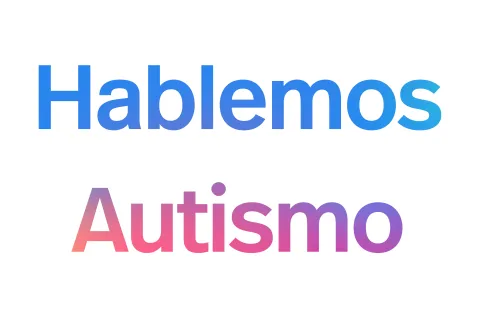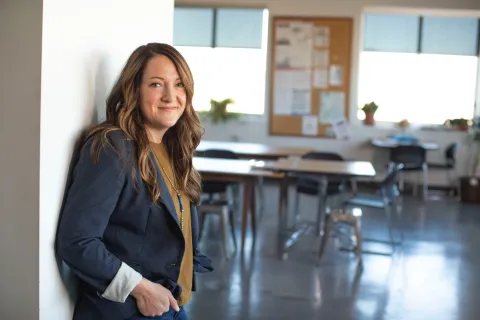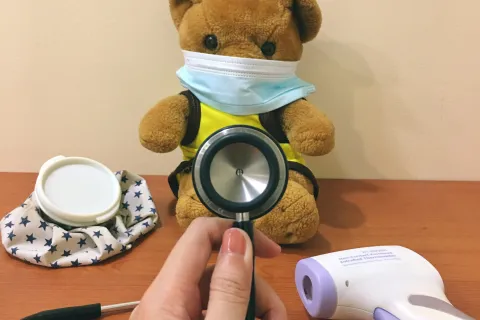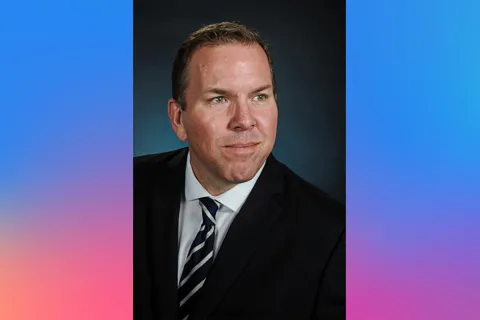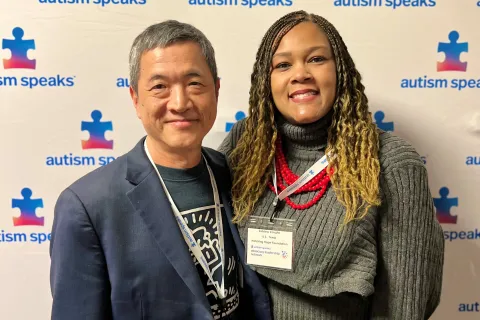Bullying and Mainstreaming in the Schools
This post is by Benjamin Zablotsky, Doctoral Candidate, Department of Mental Health, Johns Hopkins Bloomberg School of Public Health.
Children with disabilities are bullied at higher rates than typically developing children, yet research on bullying has focused almost exclusively on children in the general school population, a disservice to this important – and growing – population. This oversight inspired me, along with Drs. Paul Law, Connie Anderson, and Catherine Bradshaw of Johns Hopkins Bloomberg School of Public Health and Kennedy Krieger Institute, to conduct a study on the bullying experiences of children diagnosed with an autism spectrum disorder (ASD).
Children with ASDs have been dubbed “perfect victims” for bullying by some researchers, a consequence of social skill deficits, difficulties in making and maintaining friendships, emotional reactivity, and a general inability to stand up to children who bully.
Our team launched a survey through the Interactive Autism Network, a national web-based registry for families with children and adults with an ASD. We recruited parents of children with a current ASD diagnosis between the ages of six and fifteen to complete the Bullying and School Experiences of Children with ASD Survey. Over 1,200 parents participated, the largest and most diverse sample to date exploring issues of bullying in a population of children with ASDs. Here is what we found:
Children with ASDs who spent their entire school day mainstreamed in an inclusive classroom were 6.5 times more likely to have been victimized in the past month than children in a special needs setting. These findings were surprising, given that previous research suggested that, despite a high rate of victimization overall, children with disabilities in inclusive settings appeared to be at lower risk than those in segregated settings.
While there are numerous benefits to mainstreaming, including greater opportunity for social skill development, our research suggests that educators and parents need to be aware that children placed in these settings may be at greater risk of bullying. Children with Asperger syndrome are the most likely to spend time in an inclusive setting. In our study, approximately half of children with Asperger’s had been bullied two or more times in the previous month. These children were also the most likely to present with co-morbid mental health conditions and high levels of autism symptomatology, which also increased their likelihood of being bullied.
One reason for these striking results may be that children with ASDs mainstreamed in schools are not being fully integrated into the peer group and remain isolated even in a classroom full of other children.
It would be a mistake to undermine efforts to mainstream children with ASDs into the general school setting. Rather, parents and educators need to ensure that children who are placed in inclusive classrooms have sufficient support to thrive and are protected from bullying. A child’s Individualized Education Program is a natural place to set forth such provisions, which could also facilitate communication between the school and parents should bullying occur.
Because many children on the spectrum have communication difficulties, parents are already highly dependent on school staff and teachers to relay any bullying episodes involving their child. It is imperative that schools adapt bullying prevention policies and programs that specifically address bullying of children with ASDs and other disabilities, while taking into account that the risk for bullying may vary dramatically from child to child.
The stakes are high: child victims of bullying are at risk for developing depression and anxiety, as well as physical health issues such as headaches, stomachaches, and sleep problems. Frequently bullied children have been known to engage in acts of self-harm, with some attempting suicide. Even more victims are likely to develop aggressive behaviors, and have the potential to become bullies themselves.

